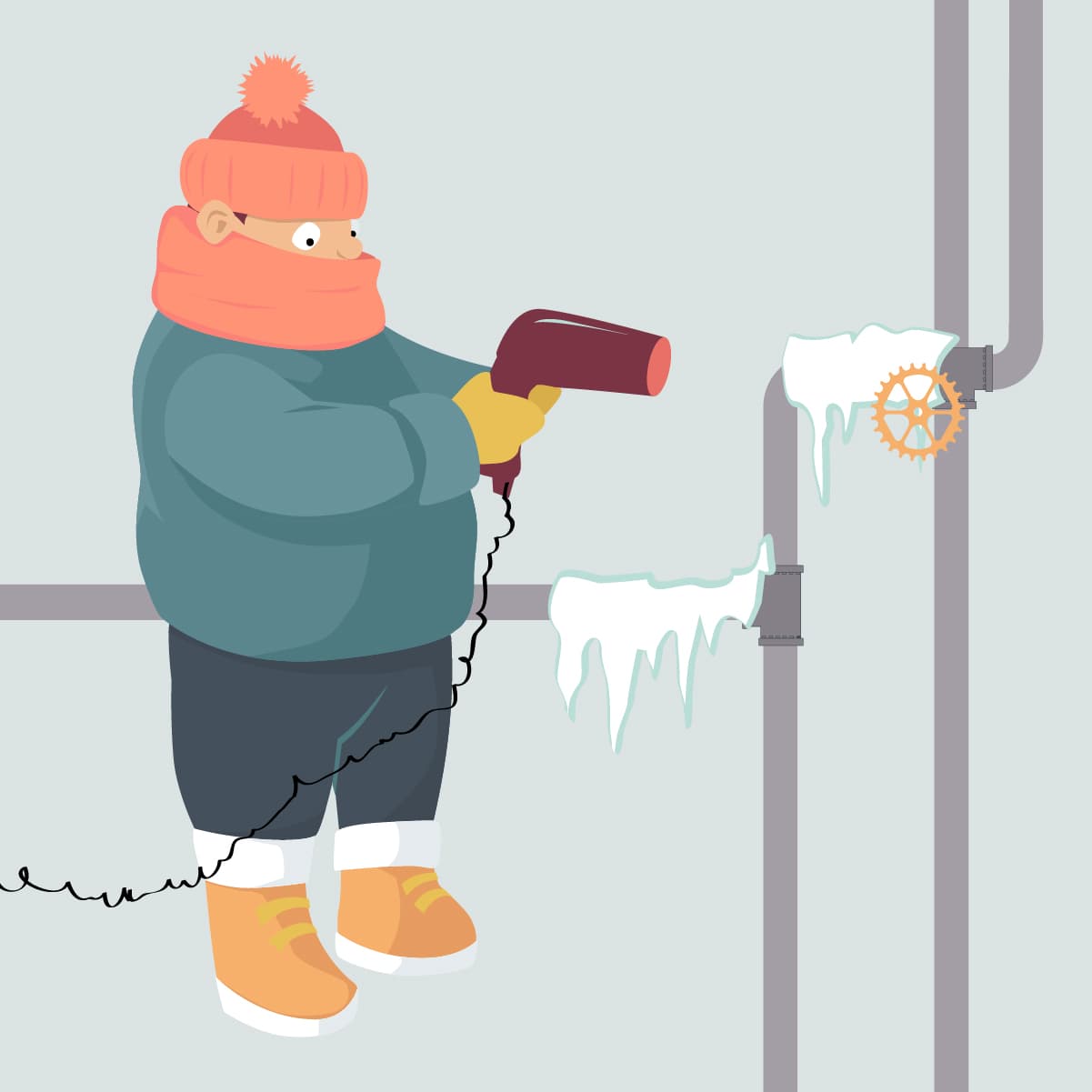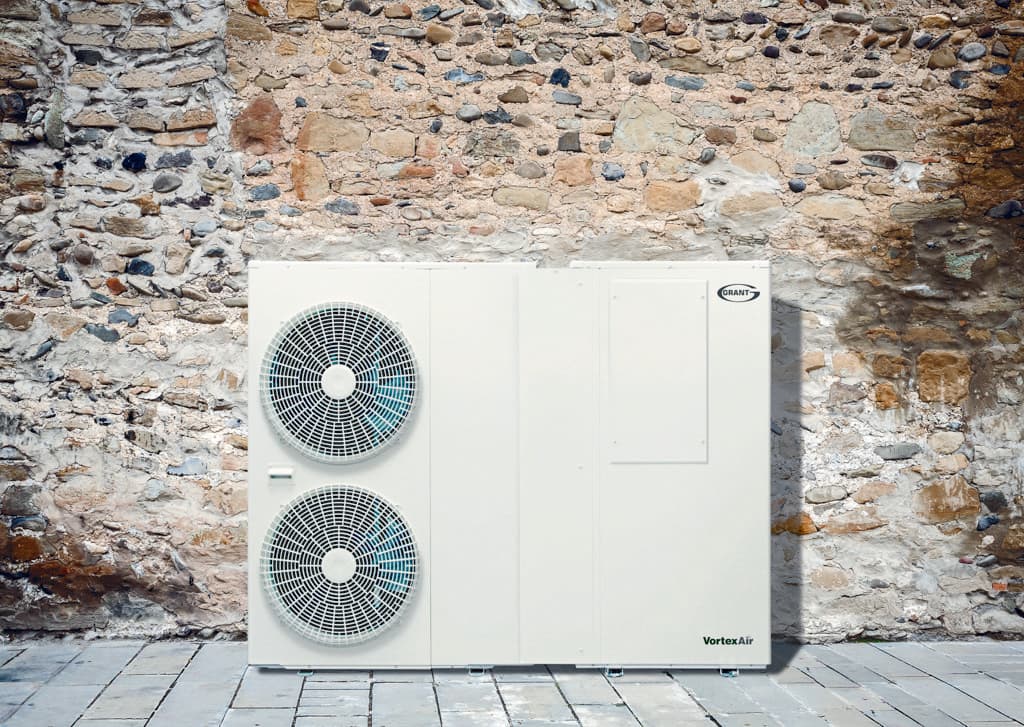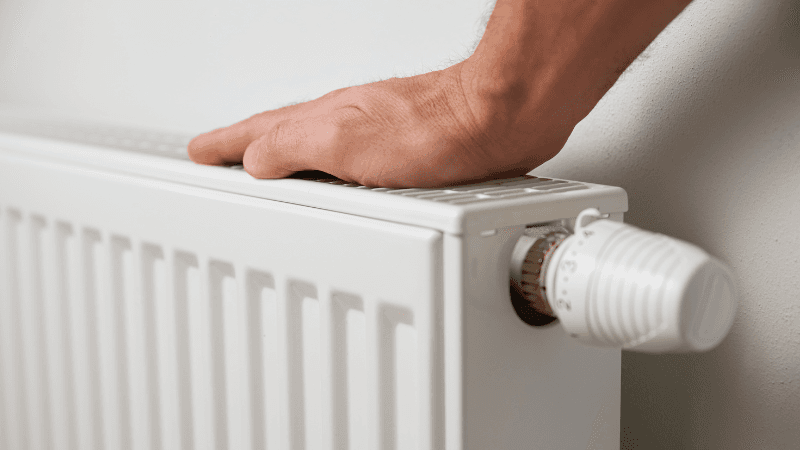Discover how to protect your pipes from freezing

We’ve all experienced the gut-wrenching feeling of coming home from a weekend away only to find that home sweet home hasn’t been quite so sweet in your absence. Arguably, the worst of these surprises to discover is frozen pipes – especially if it’s not discovered quickly enough to prevent pipes bursting. If you’ve fallen victim to this before and want to be prepared for the future then you’re not the only one, frozen pipes consistently rank as being one of the biggest risks of property damage during the colder months. With the average repair for a burst pipe costing £8,800 in 2018, it’s always more economical to spend a few £££’s on prevention rather than repairs!
Boiler Maintenance
The most obvious solution is to prevent ice from forming within your home and pipes in the first place. As expected, this is achieved by leaving the thermostat on a low residual heat if you’re going to be away from home for an extended period of time. Although ice won’t start to form until the temperature drops below 0° centigrade, it’s advised that you keep your central heating between 12 – 15° while you’re away. This ensures that the water in your pipes never gets cold enough to freeze, expand and then ruin your day!
This is entirely dependent on a having a reliable boiler, the worst-case scenario is your boiler failing over winter while you’re on holiday. To avoid this, it’s advised that your boiler is serviced yearly to avoid frozen pipes; this maintains your boiler warranty and can address small issues which might progress into expensive repairs if not found early! If your unit was installed by Warmaway, then you might be covered by one of our boiler maintenance plans so check your order details. If your boiler is extremely old or temperamental you might be interested in a new boiler to give you peace of mind.
Learn more about the importance of servicing your boiler.
Wrap Up
Water pipes aren’t generally the most aesthetic feature of your house, so they’re usually tucked away in the loft, garage or in a cupboard. While this is never usually a consideration, these places are often the coldest areas of the house – several degrees colder than whatever the thermostat might be set on. Your water tank and all visible pipes should be fitted with insulation to minimise the chances of ice forming. All of our new boilers are fitted with this specialist insulation as standard, helping to soothe your heating concerns wherever we can!
Additionally, if spending time away from home, remember to leave cupboard / loft doors open as this helps the warmth of your home to be distributed to these areas more effectively while you’re gone.
Let it drip
You’ve now got the perfect excuse for that infuriating dripping tap in the kitchen, at least for the winter months! As the water in your pipes freezes, the water expands in the same way that a soda will try to unsuccessfully (and explosively) expand if left in the freezer. Yet this isn’t the full picture – this expansion is very restricted as the ice can’t spread outwards, so the ice creeps instead along the interior length of the pipe.
As more water turns to ice and expands, this reduces the internal pipe space between the blockage and the closed tap. Eventually the pressure becomes so high that the pipes burst – an explosive culmination to a very slow process. The solution for this is the easiest of them all, a tap left to drip slowly makes it impossible for the water pressure to reach the levels needed to burst your pipes.
Condensate Pipes
Regardless of whether you have a combi, open vent or sealed system, it’s most likely that you will have a condensate pipe, especially as this was made a legal requirement for all UK boilers since 2005. The combustion process converts the fuel into heat, carbon dioxide and water vapour, so these by-products must be removed from the system in order to keep the process running smoothly. After combustion, the water vapour releases its heat and then condenses back into liquid water at which point it flows out of your boiler and into the drains via the condensate pipe.
When the temperature drops you might hear unusual noises coming from your boiler, or the digital screen might notify you of an error. The process of fixing this should be simple, firstly find the condensate pipe, which should be made from a white plastic. If placed outside your house, you should find the pipe attached to the wall leading to a drain, if it’s within your house it’ll be visible directly below the boiler. Use warm water on outside pipes, and a hot water bottle on inside pipes to thaw any ice.
If you have any further questions about keeping your home warm over winter, we’re more than happy to help!


